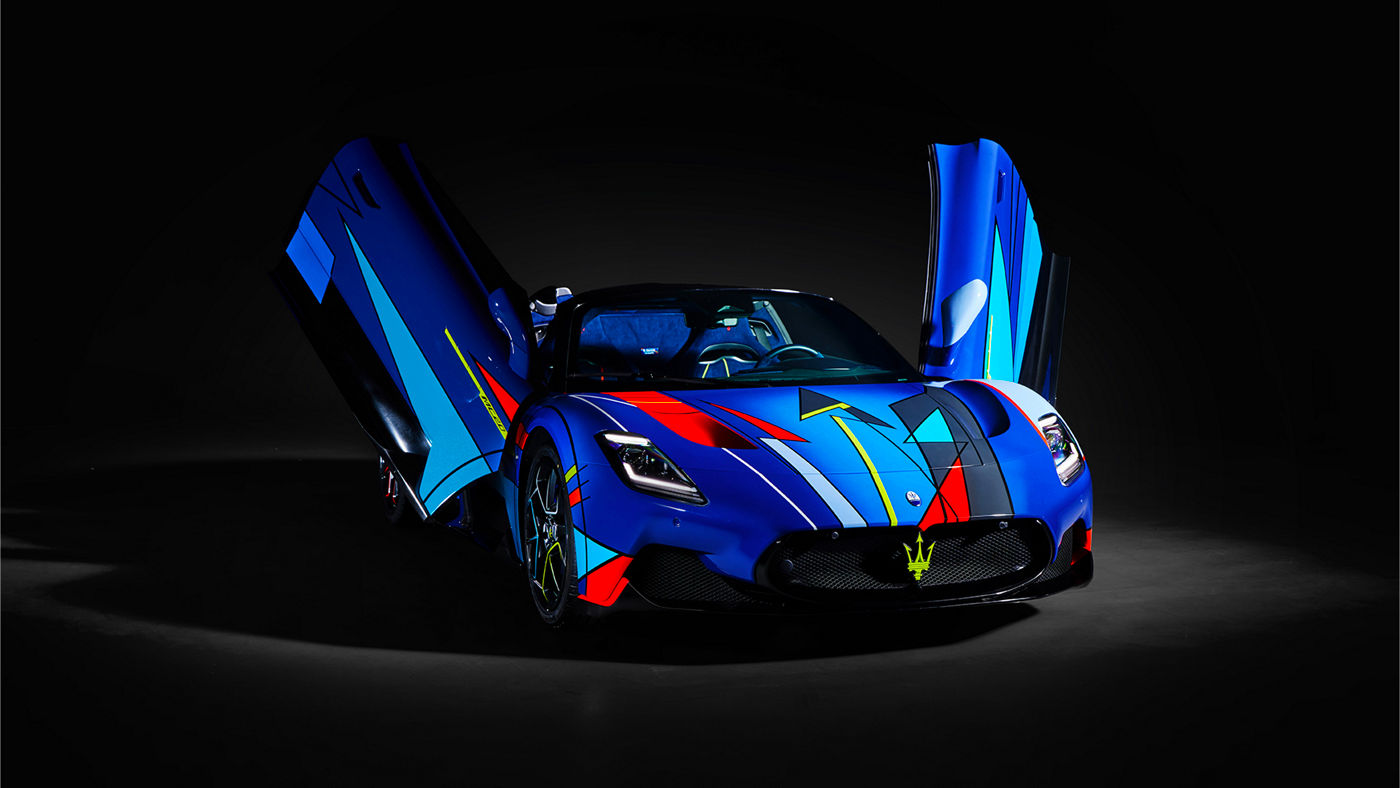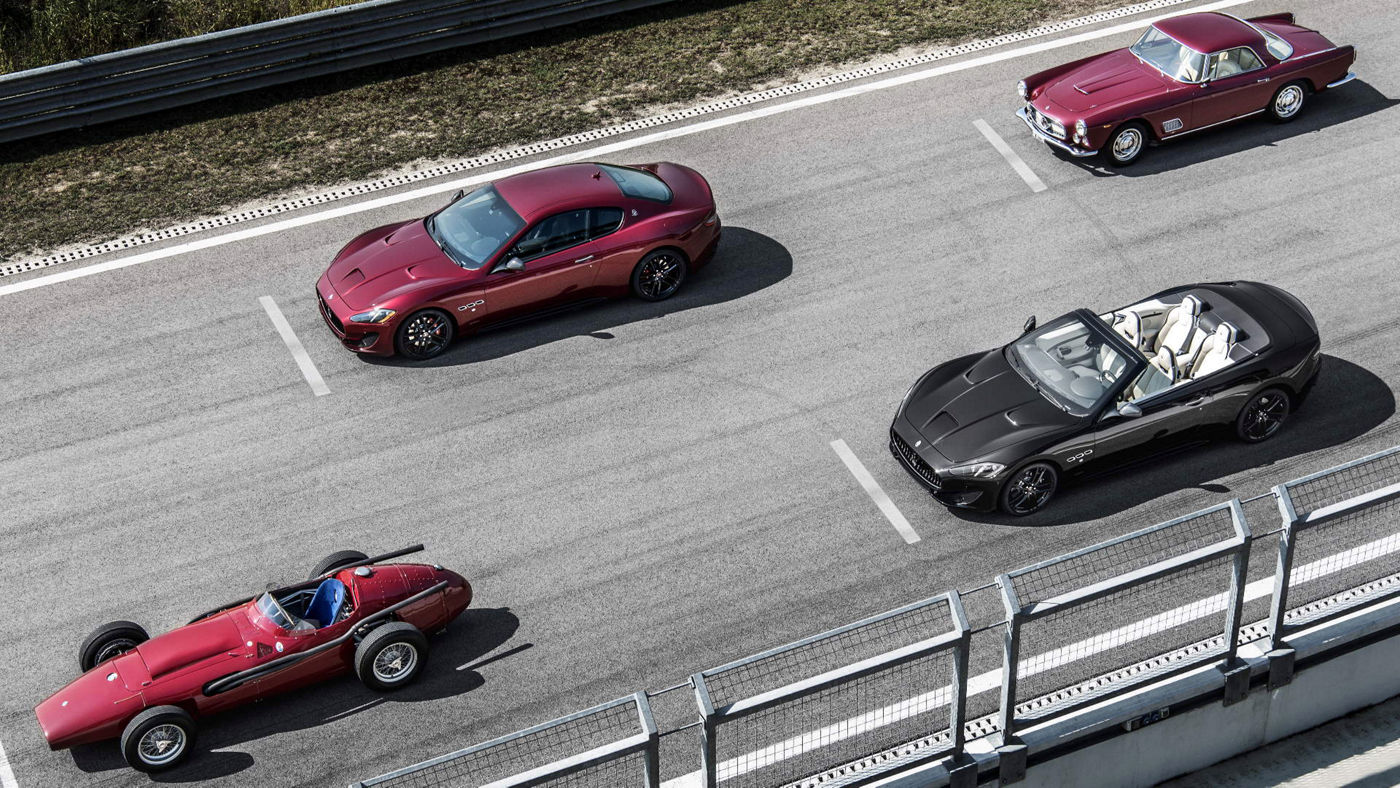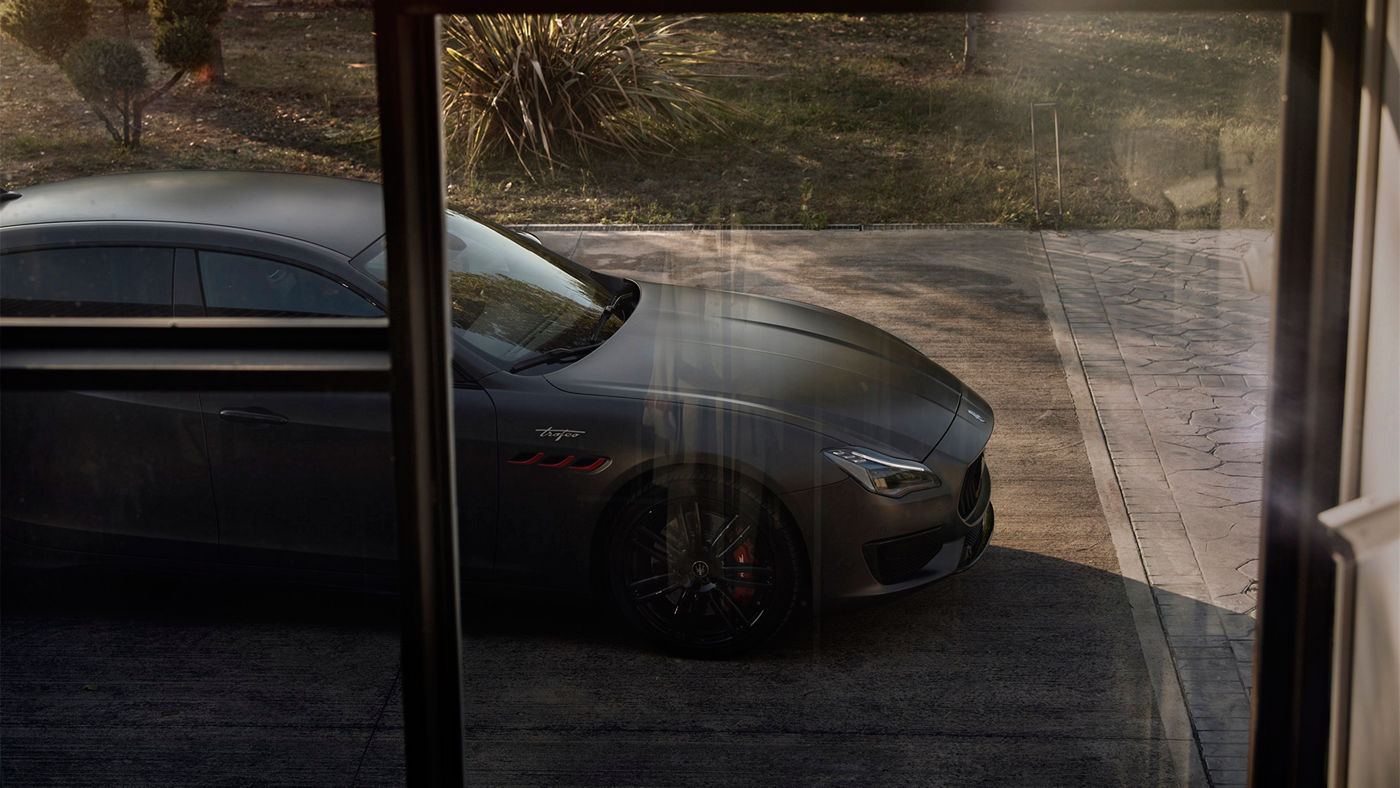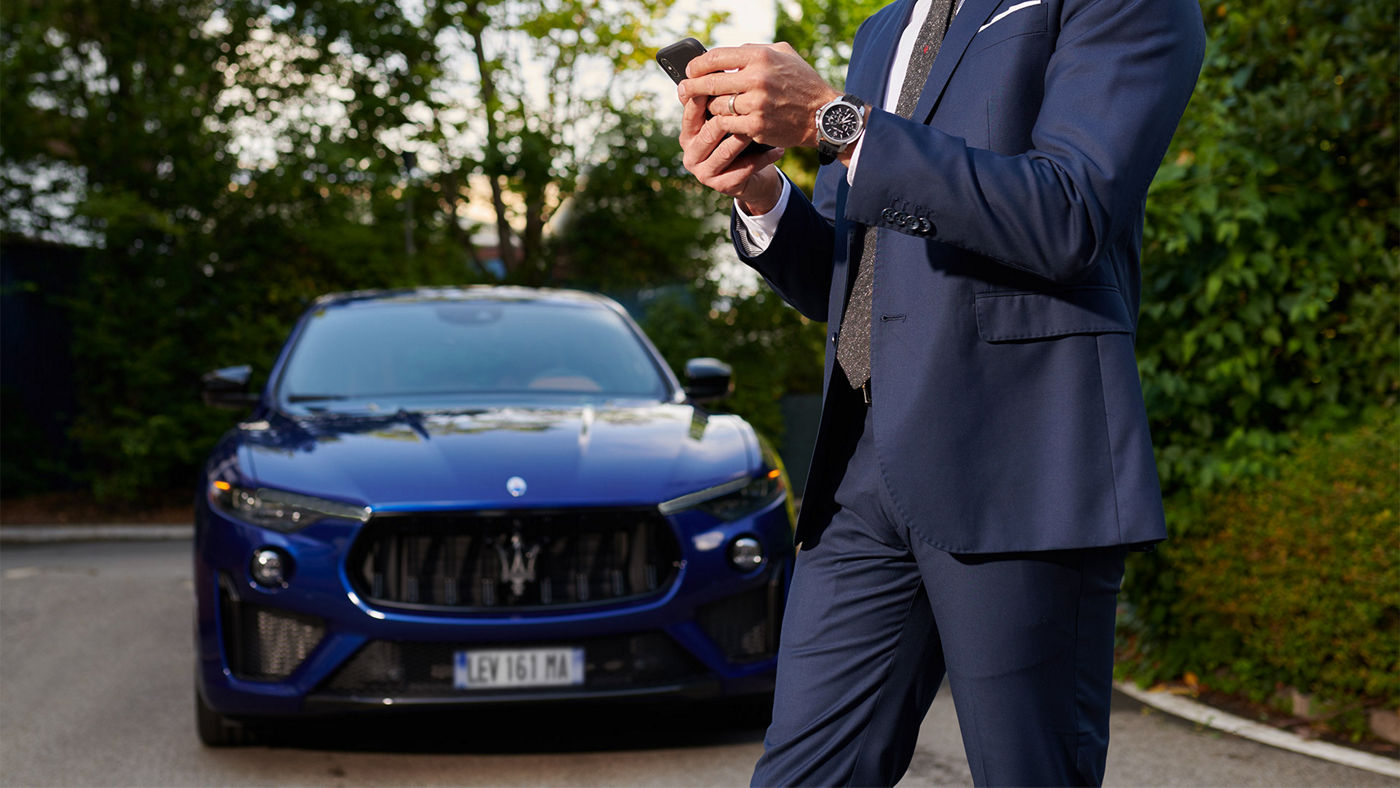VIEW ALL
BEV
Sports Cars
Track Only
GRECALE
GRANTURISMO
GRANCABRIO
MCPURA
MCPURA CIELO
GT2 STRADALE
GT2
MCXTREMA
Special Series

Everyday Exceptional
Top Speed
Acceleration
Acceleration
Power

The Others Just Travel.
Top Speed
Acceleration
Acceleration
Power

Drive Like the Best Is Yet to Come
Top Speed
Acceleration
Acceleration
Power

Pure coupé energy
Top Speed
Acceleration
Acceleration
Power

Cielo, Unbound
Top Speed
Acceleration
Acceleration
Power

Racing is Life
Top Speed
Acceleration
Acceleration
Power

Racing is Life

Racing is Life
Who We Are
Fuoriserie Tailor Made
Experiences
Full Electric Range
Motorsport
Stories of Audacity
Partners
Latest from the Tridente
Build Your Own
Owner Services
Search Certified Pre-Owned
Financial Services
Certified Pre-Owned
Find a Dealer
Maserati Store


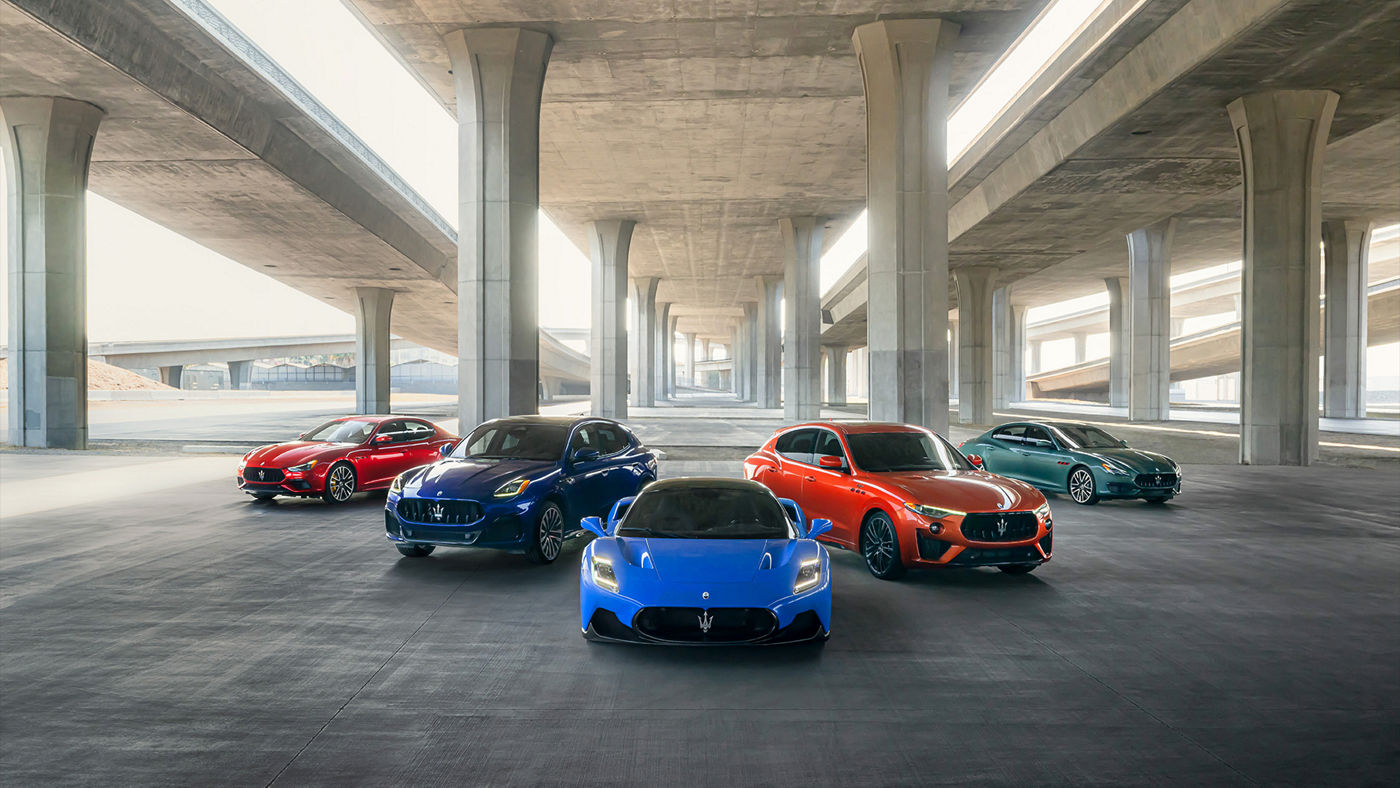
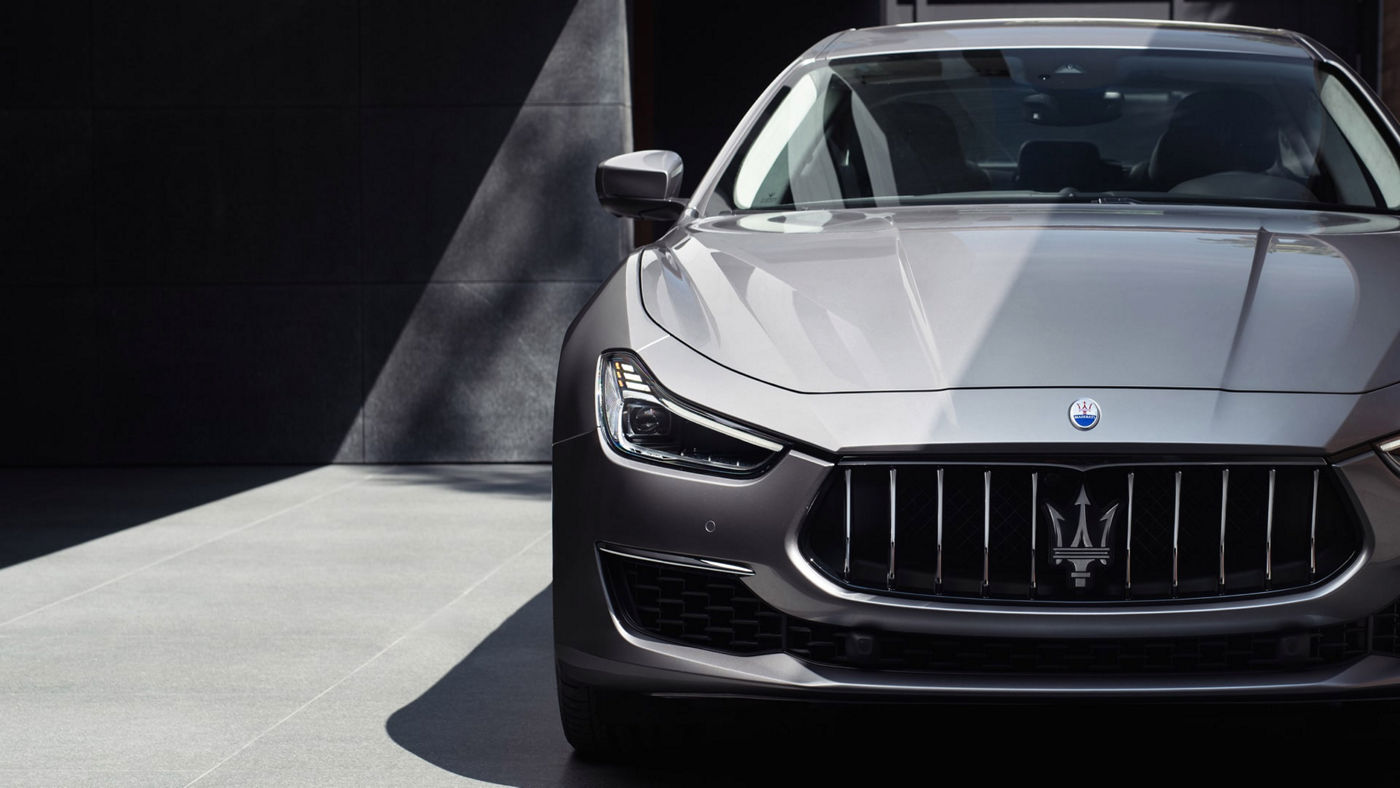



Current Offers
Driveaway Price Calculator


